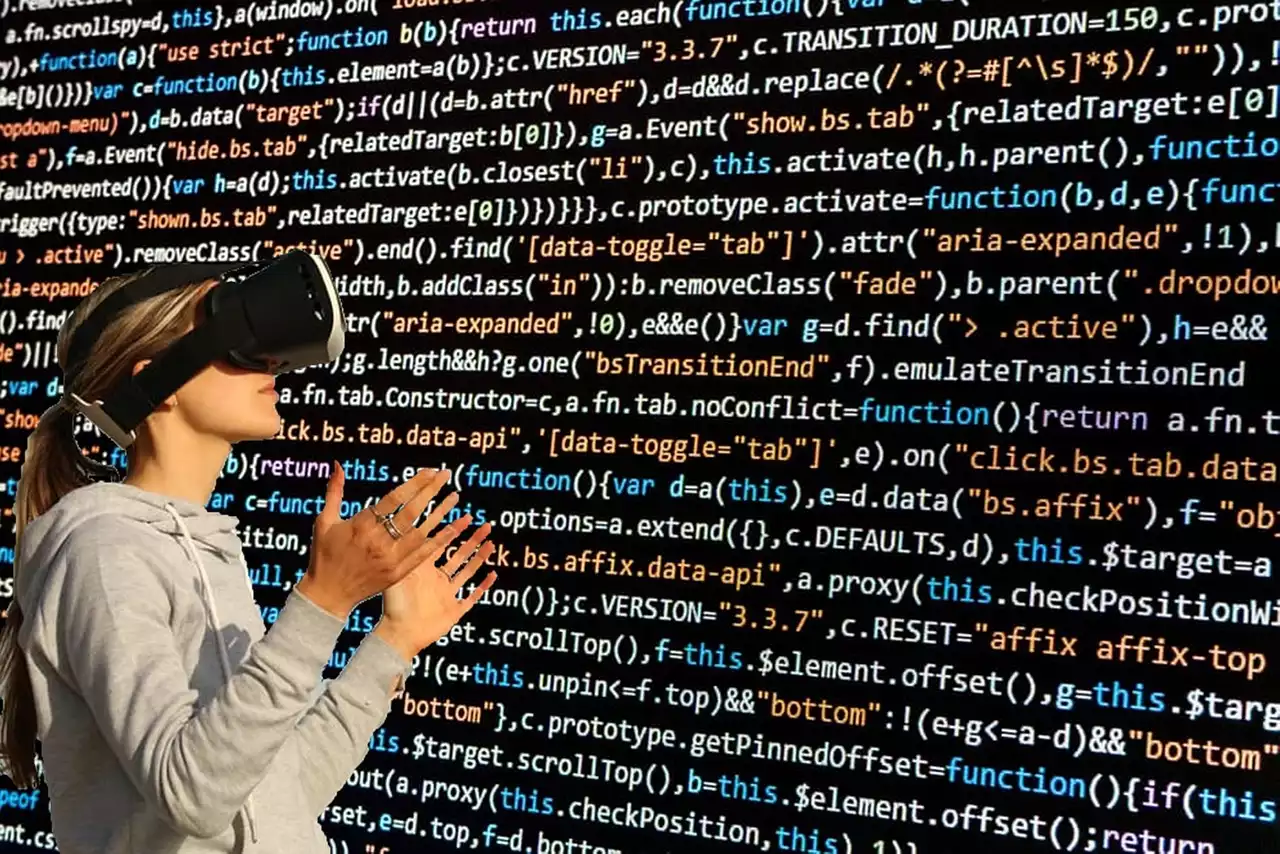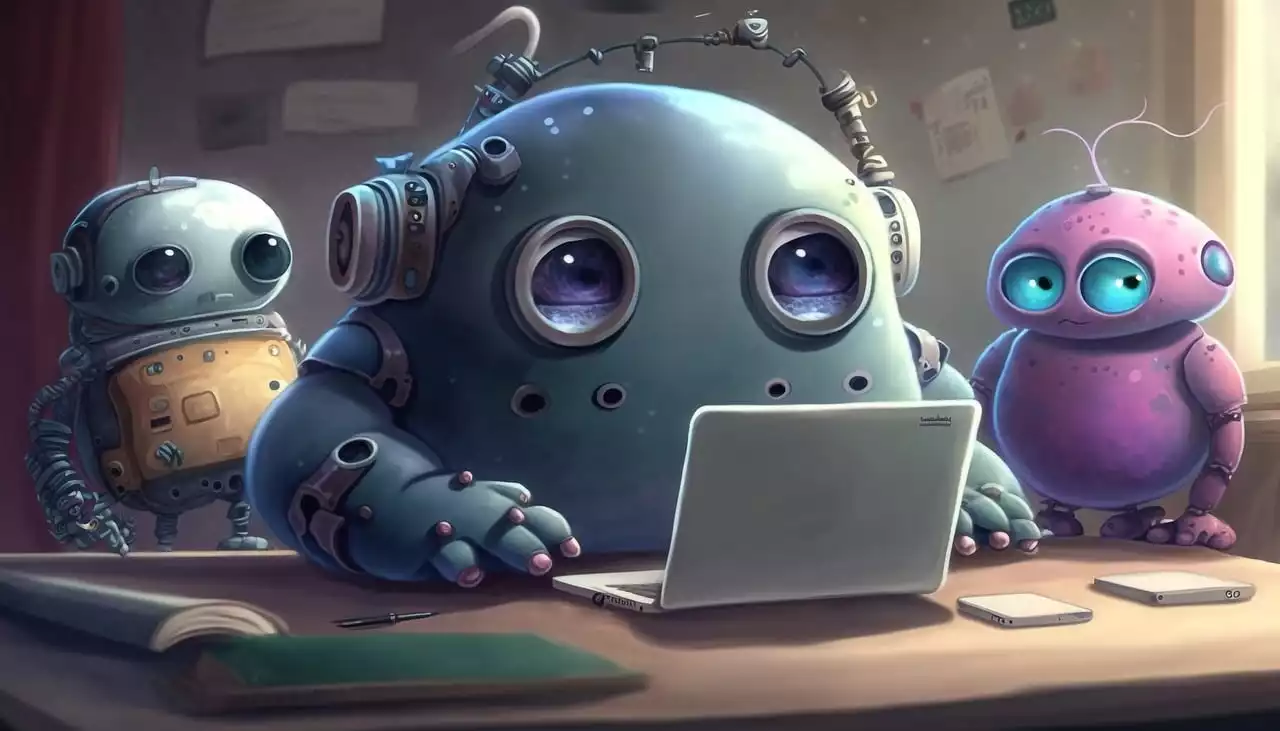Advantages of AI in video conferencing
Video conferencing has become an integral part of remote work, but it still has its limitations. Poor audio quality, distracting background noise, and cumbersome scheduling can all make virtual meetings less efficient and less enjoyable. However, AI can help overcome these challenges and bring a new level of professionalism and engagement to virtual meetings. AI can improve video conferencing in several ways, including:
AI-powered virtual backgrounds and filters
Virtual backgrounds and filters are a fun and creative way to add some personality to your video calls. With AI-powered virtual backgrounds and filters, you can take it to the next level. AI can automatically detect your face and body, and apply filters and backgrounds that match your movements and expressions. This can make virtual meetings more engaging and entertaining, and can help break the ice and build camaraderie among team members.
AI speech-to-text and translation
Language barriers can make virtual meetings difficult or impossible. However, with AI-powered speech-to-text and translation, you can communicate with anyone, regardless of their language. AI can transcribe speech in real-time, and translate it into multiple languages, making it easy to communicate with team members and clients around the world. This can improve collaboration and communication, and can help break down barriers between different cultures and languages.
AI facial recognition and tracking
Facial recognition and tracking can help improve the quality and engagement of virtual meetings. AI can detect and track faces in real-time, and adjust the camera angle and zoom to focus on the active speaker. This can help ensure that everyone is engaged and paying attention, and can help prevent distractions and interruptions. Facial recognition and tracking can also be used to detect emotions and reactions, which can be useful for gauging the effectiveness of presentations and discussions.
AI-powered meeting scheduling and automation
Scheduling and organizing virtual meetings can be a time-consuming and frustrating task. However, with AI-powered meeting scheduling and automation, you can streamline the process and save time and energy. AI can automatically schedule meetings based on your availability and preferences, and can send reminders and notifications to ensure that everyone is on the same page. This can help reduce the risk of miscommunication and missed meetings, and can help improve overall productivity and efficiency.
AI-powered meeting analytics and insights
Finally, AI can provide valuable insights and analytics about virtual meetings. AI can analyze meeting recordings and transcripts, and provide feedback and recommendations on how to improve future meetings. This can include suggestions on how to improve audio quality, reduce background noise, and increase engagement and participation. AI-powered meeting analytics and insights can help teams continuously improve and optimize their virtual meetings, and can help ensure that everyone is getting the most out of their time and energy.
Best AI video conferencing tools in the market
Now that we've explored some of the ways AI can improve video conferencing and virtual meetings, let's take a look at some of the best AI video conferencing tools currently available in the market.
Zoom
Zoom is one of the most popular video conferencing tools in the world, and for good reason. It offers a range of AI-powered features, including real-time transcription, facial recognition and tracking, and noise cancellation. Zoom also integrates with other AI-powered tools, such as virtual backgrounds and filters, and provides detailed analytics and insights into meeting performance and engagement.
Microsoft Teams
Microsoft Teams is another popular video conferencing tool that offers a range of AI-powered features. These include real-time transcription and translation, facial recognition and tracking, and background blur. Microsoft Teams also integrates with other AI-powered tools, such as chatbots and virtual assistants, and provides detailed analytics and insights into meeting performance and engagement.
Google Meet
Google Meet is a newer video conferencing tool that has gained popularity in recent years. It offers a range of AI-powered features, including real-time captioning, noise cancellation, and low-light enhancement. Google Meet also integrates with other AI-powered tools, such as virtual backgrounds and filters, and provides detailed analytics and insights into meeting performance and engagement.
How to use Google Meet
Future of AI in video conferencing
The future of AI in video conferencing is bright. As AI technology continues to evolve and improve, we can expect to see even more innovative and creative solutions to the challenges of virtual meetings. For example, AI could be used to create more immersive and interactive virtual environments, or to provide personalized recommendations and feedback based on individual preferences and needs. AI could also be used to improve accessibility and inclusivity, by providing real-time sign language translation or other assistive technologies. The possibilities are endless, and the future of AI in video conferencing is sure to be exciting and transformative.
AI has the potential to revolutionize video conferencing and virtual meetings. With AI-powered features like real-time transcription, facial recognition, and intelligent noise cancellation, video conferencing can become more inclusive, efficient, and enjoyable. The best AI video conferencing tools in the market, such as Zoom, Microsoft Teams, and Google Meet, offer a range of AI-powered features and integrations that can help improve virtual meetings. And as AI technology continues to evolve and improve, we can expect even more innovative and creative solutions to the challenges of virtual meetings. So, whether you're a remote worker, a team leader, or simply interested in the latest tech innovations, keep an eye on the future of AI in video conferencing – it's sure to be exciting.










